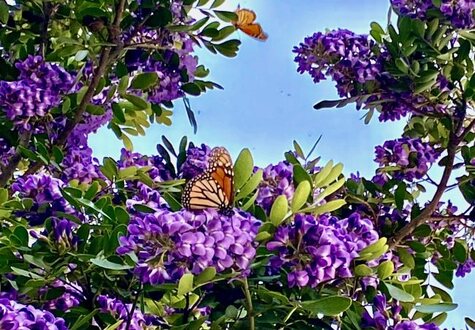
Texas Mountain Laurel from TexasButterflyRanch.com
“The flowers of late winter and early spring occupy places in our hearts well out of proportion to their size.” — Gertrude S. Wister –
Spring arrives here on March 19, giving us a few more minutes of daylight each day to work in our gardens. South Central Texas is already showing its spring colors as yellow, lavender, and deep purple flowers, red buds, white blossoms, and a touch of orange begin to appear on bushes, trees, and vines. Use one of the upcoming delightful afternoons to visit a plant store and select some of the colorful spring blooming plants for your house, patio, or yard.

Ruffled® Coral Salmon Begonia from PanAmericanSeed.com
- Begonias are a Texas staple for spring and summer color, whether hanging in pots, draping over walls, or gracing the edges of flower beds. The AmeriHybrid Ruffled® Begonias (Begonia x tuberosa), introduced in 2023, have extremely large, double blooms with layer upon layer of frilly petals that stand up against deep green foliage from spring into autumn. These plants rise from 14-20 inches high, 10-12 inches wide, and come in shades from yellow to deep red. The tuberosa varieties prefer shade and partial sun. The Whopper® begonia (Begonia x semperflorens-cultorum) has been a Texas Superstar® plant since 2016; the “wax leaf” varieties of begonias tolerate sun and shade as well as temperature extremes.

Prairie Verbena from NeilSperry.com
- A spring delight is the random popping-up of Prairie Verbena (Glandularia bipinnatifida), which is native to the Great Plains, and has naturalized in Texas. These small, short-lived perennials can start off as purposely planted in containers or beds, and will spread to medians, sidewalk edges, and any area where there is ample sunlight and rain, continuously blooming from March through October in Zones 7-10. They are bee- and butterfly-friendly, and deer resistant. Seeds are available through online Native plant seed suppliers.
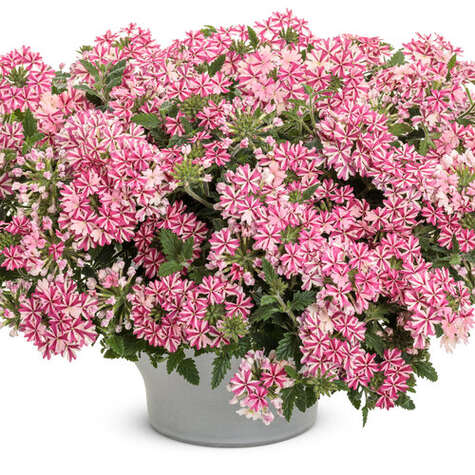
Superbena® Verbena from ProvenWinners.com
• Verbenas that are bred for containers, yards and gardens are available in many bright colors. The Superbena® Verbena hybrids from Proven Winners are vigorous and mounded, and will trail up to 24-inches over the sides of containers. They can function as fillers in combination planters or can be planted at the front of a landscape bed; they can reach a height of 6-12 inches, and will spread from 18 inches to 2 feet. These continuous summer bloomers perform best in part-sun to full-sun. They are heat- and drought-tolerant, and deer-resistant. Superbena® Stormburst Verbena hybrid has lavender flowers with silver stripes. There are other colors and combinations of verbenas available as transplants.
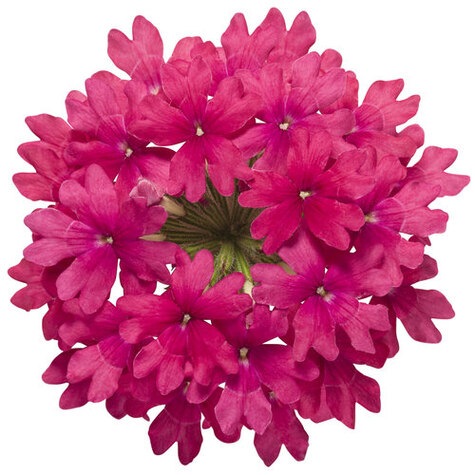
Superbena® Raspberry from ProvenWinners.com
- Monarch Butterflies will start their migration from Mexico towards us in mid-march. The spring-blooming Texas Mountain Laurel is a good source of nectar for them. They will fly through on the southern journey in September.
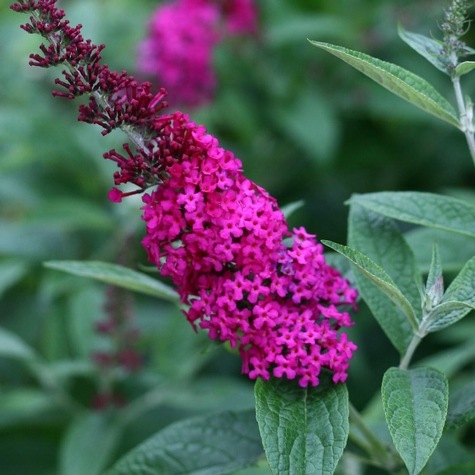
Miss Molly Butterfly Bush from ProvenWinners.com
- This is a good time to plant for bees, butterflies, and other pollinators. “Miss Molly” dwarf Buddleia (Butterfly Bush) is a non-invasive plant that will fill your garden with fragrant, ruby-pink flowers throughout the summer. Its easy-care 5’x 5’ form is heat and drought tolerant and deer resistant. It loves the sun, and its flowers do not need dead-heading. Other nectar plants that can be seeded now are marigold, lavender, purple coneflower, and lantana, which attract Monarch, Gulf Fritillary, and other butterflies and pollinators.
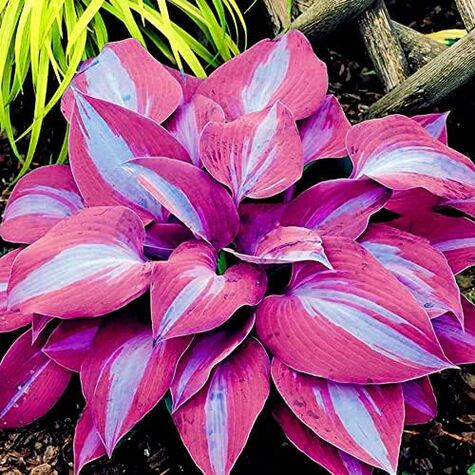
Purple-blue Hosta Plantaginea from USGardenCenter.com
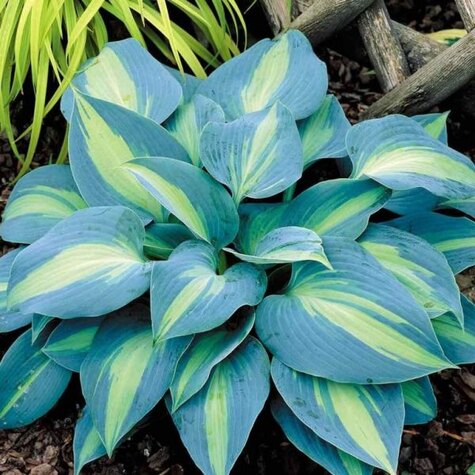
Blue Green Hosta from UrbanGardenSeed.com
- HOSTA Plantaginea are herbaceous perennials that are well-loved by gardeners for their shade tolerance. They are members of the Liliaceae family, and thrive from Canada to the Gulf Coast. The earlier shades of green, green-and-white, and blue-green-and-white have been hybridized into a rainbow of colors and color-combinations. Sometimes called Plantain Lily and August Lily, they are drought-tolerant and low maintenance shade-loving plants that also grow well in containers. Each plant can produce 10 or more stems with funnel shaped blossoms that are quite fragrant. Transplant them in March and April. Fertilize when transplanting, or in early summer, to help keep the foliage healthy and provide additional resources as the plant prepares to bloom.
- Prepare a bed or containers for a kitchen garden. Good potting soil and sunlight will get them off to a good start. Herbs to plant now are chives, dill, oregano, thyme, rosemary, cilantro, Mexican mint marigold and parsley. Some of these are available as transplants, but should not be planted in garden beds until mid-April.
- The herb Lemon Verbena (Aloysia triphylla) has a very pungent lemon aroma; it can be made into tea, and used in many kinds of beverages and desserts. Mint in all varieties can be planted now; it grows well in containers, but if used in a garden bed, be sure to keep it in a container, as it spreads easily.
- Vegetables to seed in March are: beets, radishes, and turnips; snap beans and lima beans; corn; cucumber; squashes. Transplants of eggplant and tomatoes can go into the ground from mid-March through April, but not until the ground has reached 70°F. Soil and compost thermometers can be purchased at most plant retail outlets; they range in price from $9 to $18.
- The Vegetable Gardening Guide by Dr. Joseph Masabni, A&M AgriLife Extension Small-Acreage Vegetable Specialist, is a multi-page brochure that details vegetable gardening in an easy-to-read format; a link to a printer-friendly version is available at the end. This is essential information for new vegetable gardeners, and a nice refresher for seasoned gardeners.
- For more information on vegetable selection and gardening check out the “Vegetable Variety Recommendations” and the “Easy Gardening Fact Sheets” at Texas A&M Agrilife Extension Vegetable Resources.
- “Dinner Tonight” is a program that our Texas A&M family developed to “provide busy families with quick, healthy, cost-effective recipes that taste great.” Check it out and consider selecting vegetables and herbs that you can incorporate into your family meals. Learn more here.
By CMG Adrienne
OnLine Sources: MilbergerNursery.com; AgriLifeToday.tamu.edu; Gardenia.net; PanAmericanSeed.com; NeilSperry.com; AgriLifeEextension.tamu.edu/library; enchantedgardendesign.com.